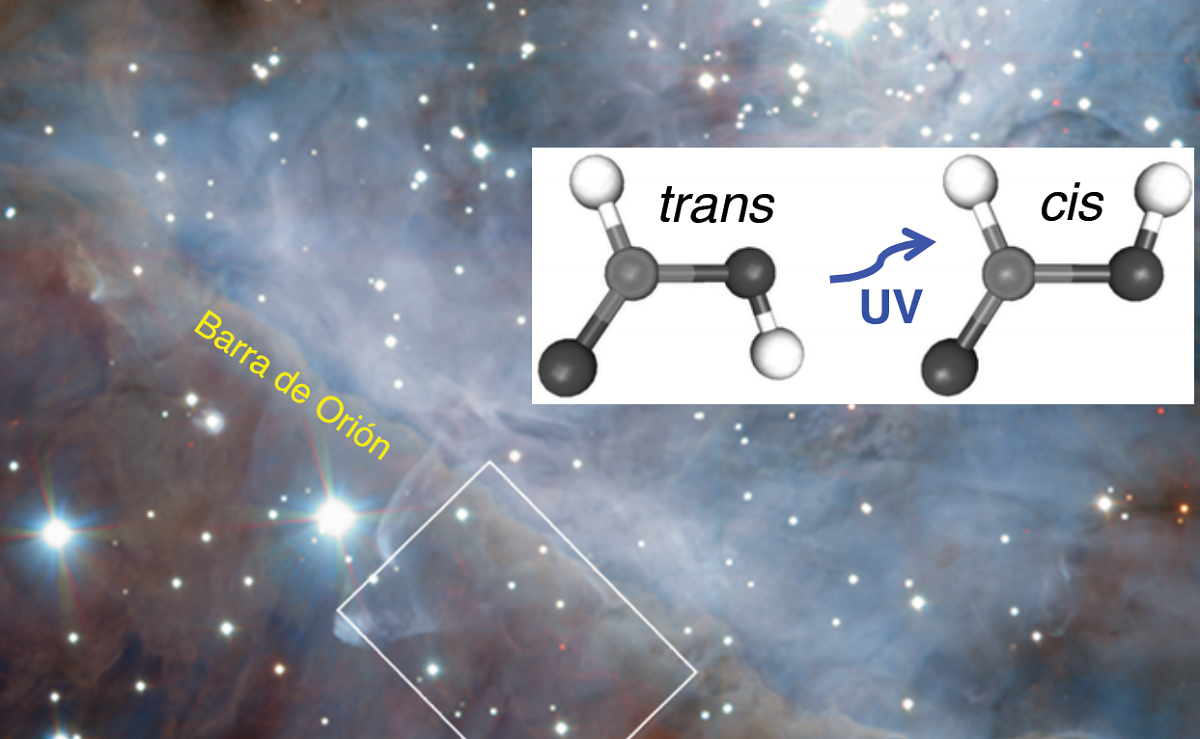
El formic acid o Methanoic acid is the simplest and smallest compound of all organic acids. It has the molecular formula HCOOH with only one hydrogen atom bonded to a carbon atom. Its name comes from the word formica, which means ant in Latin. It is a fairly important compound in the world of chemistry and widely used today.
For this reason, we are going to dedicate this article to telling you everything you need to know about formic acid, its characteristics and importance.
Key features
Fifteenth-century naturalists discovered that certain types of insects (termicides), such as ants, termites, bees and beetles, they secrete this compound that makes their bites painful. In addition, these insects use this compound as a mechanism of attack, defense and chemical signaling.
They have toxic glands that expel this and other acids, such as acetic acid, from the body in the form of a mist. Formic acid is stronger than acetic acid (CH3COOH); therefore, an equal amount of formic acid dissolved in water will result in a solution with a lower pH.
English naturalist John Ray achieved the isolation of this compound in 1671, extracted from a large number of ants. On the other hand, the first successful synthesis of this compound was carried out by the French chemist and physicist Joseph Gay-Lussac using hydrocyanic acid (HCN) as a reagent.
formic acid in nature

Formic acid can exist at terrestrial levels, as a component of biomass or in the atmosphere, participating in a wide range of chemical reactions, it can even be found underground, in oil or in the gaseous phase on its surface.
In terms of biomass, insects and plants are the main producers of this acid. When fossil fuels burn, they produce gaseous formic acid; therefore, car engines release this acid into the atmosphere.
However, there are a lot of ants living on earth, and the production of formic acid between them is thousands of times greater than the amount of methanoic acid produced by human industry in one year. Forest fires are also a gaseous source of formic acid.
Higher up, in the complex atmospheric matrix, photochemical processes for the synthesis of formic acid take place. At this point, many volatile organic compounds (VOCs) degrade under the action of UV radiation or are oxidized by the OH radical mechanism. The rich and complex atmospheric chemistry is by far the main source of methanoic acid on Earth.
Atomic structure of formic acid

The figure above shows the structure of the gas phase dimer of formic acid. The white spheres correspond to hydrogen atoms, the red ones to oxygen atoms and the black ones to carbon atoms.
Two groups can be seen in these molecules: hydroxyl (-OH) and formyl (-CH=O), which are capable of forming hydrogen bonds. These interactions are of the OHO type, where the hydroxyl group is the H donor and the formyl group is the O donor.
However, H bound to carbon atoms lacks this ability. These interactions are very strong, and the hydrogen in the OH group is more acidic due to the electron-deficient H atom; Thus, this hydrogen further stabilizes the bridge. As a result of the above, formic acid exists as a dimer and not as an individual molecule.
As the temperature drops, the dimer orients its hydrogen bonds to create the most stable structure with other dimers, resulting in infinite alpha and beta chains of methanoic acid. This crystal structure It depends on the physical variables that act on it, such as pressure and temperature.. Therefore, the chain is convertible. If the pressure is increased to extreme levels, the chains are compressed enough to be considered a crystalline polymer of formic acid.
Properties
We are going to focus on describing the main properties of formic acid:
- methanoic acid is a colorless liquid at room temperature with a strong pungent odor. It has a molecular weight of 46g/mol, a melting point of 8,4ºC and a boiling point of 100,8ºC, higher than that of water.
- Miscible with water and polar organic solvents such as ether, acetone, methanol and ethanol.
- On the contrary, in aromatic solvents such as benzene and toluene, it is poorly soluble because formic acid has few carbon atoms in its structure.
- It has a pKa of 3,77, which is more acidic than acetic acid, which can be explained because the methyl group provides electron density to the carbon atom oxidized by two oxygens. This results in a slight decrease in the acidity of the protons (CH3COOH, HCOOH).
- Once the acid is deprotonated, is converted to the formate anion HCOO-, which delocalizes the negative charge between the two oxygen atoms. Therefore, it is a stable anion and is responsible for the high acidity of formic acid.
Formic Acid Uses
The food and agriculture industry
As harmful as methanoic acid, it is used in sufficient concentrations as a food preservative due to its antibacterial effect. For the same reason that it is used in agriculture, it also has insecticidal properties. It also has an antiseptic effect on grasses and helps prevent intestinal gas in farm animals.
The textile and footwear industry
It is used in the textile industry to dye and refine textiles and is probably the most common use of this acid. Formic acid is used for the processing of leather and the depilation of this material by its degreasing action. Deprotonation of formic acid converts to the formate anion HCOO-, which delocalizes the negative charge between the two oxygen atoms. Therefore, it is a stable anion and is responsible for the high acidity of formic acid.
Road safety
In addition to the specified industrial uses, formic acid derivatives (format) are used on winter roads in Switzerland and Austria to reduce the risk of accidents. This treatment is more effective than using table salt.
I hope that with this information you can learn more about formic acid, its structure and its uses.
